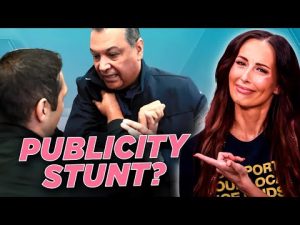In recent discussions about the economy, a common debate has emerged: whether to lean on supply-side economics or adopt a more Keynesian approach. The essence of the argument centers around who should receive financial benefits and how those benefits impact overall economic growth. Some claim that middle-class families, with greater disposable income, drive the economy through their spending on essentials like food and education. Critics of this perspective argue that merely transferring wealth to lower-income families does not guarantee economic growth and may, in fact, lead to stagnation.
At the core of the argument lies the understanding of how money circulates in the economy. When middle-class families have extra cash, they tend to spend it. This spending creates a healthy cycle where businesses flourish due to increased demand. Take, for example, a family that decides to buy new shoes for their children. The store benefits from the sale, and the owner uses that profit to hire more staff or expand operations. More jobs mean more consumers, which fuels a cycle of spending and economic stability. Thus, the middle class plays a crucial role in keeping the economic engine running smoothly.
However, opponents of this view often advocate for tax cuts aimed at wealthy individuals and corporations, based on the belief that they will invest that money back into the economy—this is the essence of supply-side economics. They argue that if the rich have more capital, they can spur innovation and create new jobs. But this theory has its pitfalls. In reality, wealthy individuals may not always invest in ways that benefit the average worker. Instead, they may choose to save, invest in international markets, or put their money into financial instruments that do not circulate within the local economy. This behavior raises questions about the efficiency of supply-side strategies.
The key issue arises around the idea of “trickle-down economics.” The argument that wealth will eventually reach lower-income individuals simply through the endeavors of the rich is, at best, precarious. While it’s true that successful businesses can create jobs, the wealth needs to be distributed in a way that ignites demand. If the wealth primarily rests with those who save rather than spend, the economy may face a drought of activity, stalling growth and progress.
Conclusively, an optimal economic model must recognize the importance of both spending and investment. It’s not just about keeping money in the hands of the wealthy or relying on middle-class consumption. A balanced approach, where investments foster innovation and workers are empowered to spend, can provide a more stable economy. It’s a delicate balancing act, but history has shown that when the middle class thrives, so too does the economy. The solution isn’t to champion one theory over the other; instead, it’s about recognizing their interactions and finding harmony between them, ensuring that resources circulate effectively for the benefit of all.







